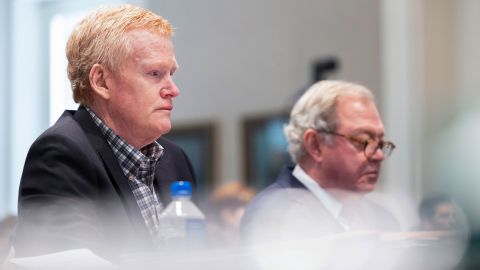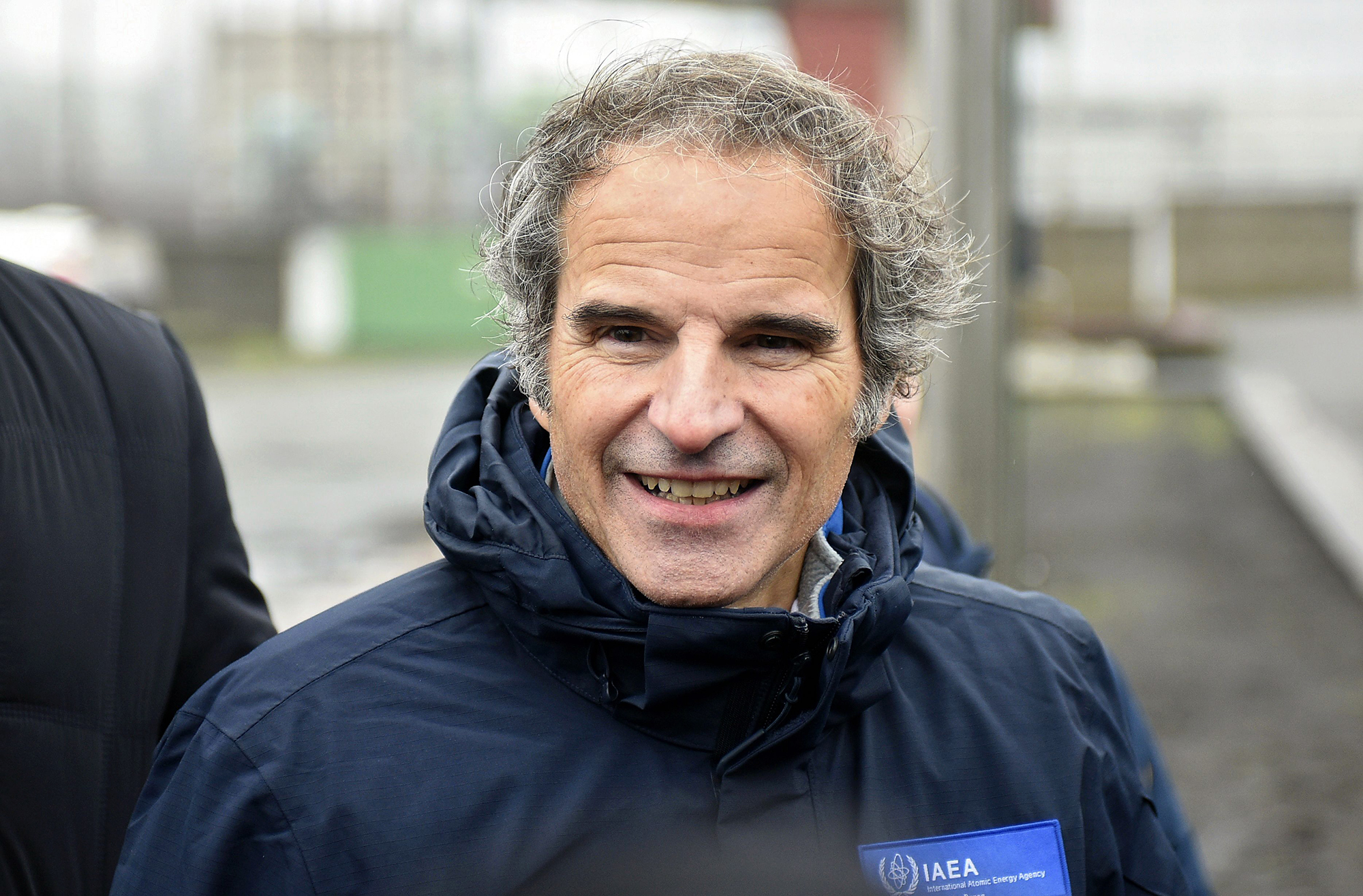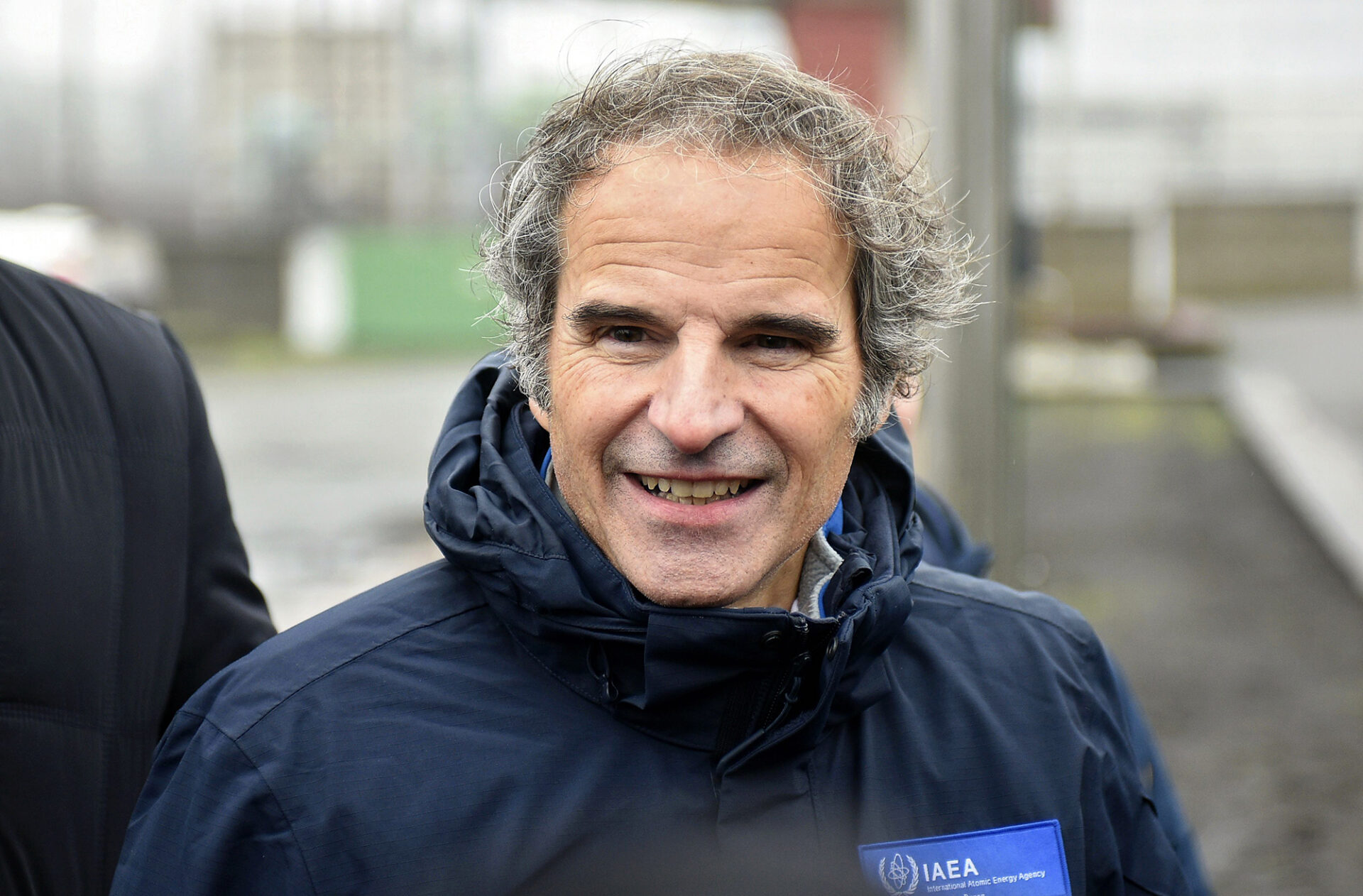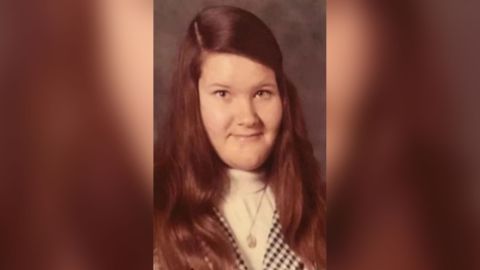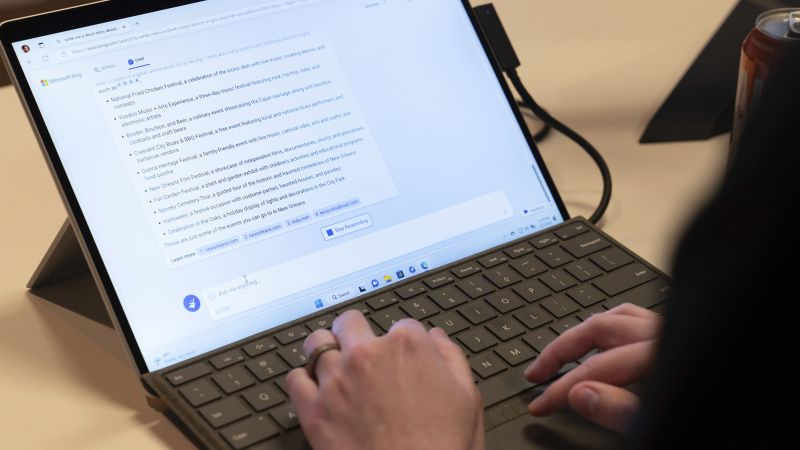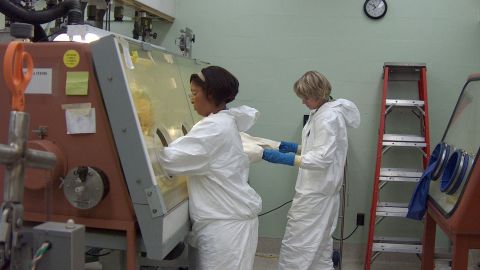CNN
—
An attorney who said he was Alex Murdaugh’s best friend testified at his murder trial Thursday that Murdaugh admitted he had a drug addiction and had been stealing money from his law firm and clients.
“He said, ‘I’m sorry I’ve had a drug problem, I’m addicted to opioids … for something like 20 years,’ ” the friend, Chris Wilson, testified. “He said he had a drug addiction and he admitted that he had been stealing money from his law firm and from clients.”
“I sh– you up,” Murdaugh said, according to Wilson. “I’ve sh– a lot of people up.”
The conversation occurred in September 2021, three months after the deaths of Murdaugh’s wife and son and after Murdaugh’s law firm said it had discovered extensive financial wrongdoing.
Wilson’s testimony comes three weeks into the murder trial for the killings of Maggie and Paul Murdaugh on June 7, 2021. Alex Murdaugh has pleaded not guilty to two counts of murder and two weapons charges.
Murdaugh, 53, called 911 and reported he found his wife and son dead of gunshot wounds outside of their home in Islandton.
Wilson is one of a series of witnesses who have accused Murdaugh of extensive financial wrongdoing at his namesake law firm. Prosecutors have argued Murdaugh killed his wife and son as an attempt to distract attention from his financial crimes and stave off a “day of reckoning.”
Prosecutors also have presented evidence that Murdaugh had opportunity to commit the murders. Audio from a Snapchat video recovered from his son’s phone places Murdaugh at the murder scene, prosecutors contend, contrary to his alibi to investigators that he was not there that night.

However, there is effectively no direct evidence – no witnesses, no murder weapon, no DNA and no ballistics – that link Murdaugh to the murders. Instead, prosecutors have offered circumstantial evidence, such as the gunshot primer residue found on Murdaugh’s clothes and on a blue raincoat, and the financial motive.
The defense has argued this financial evidence is beside the point.
“They’ve got a whole lot more evidence about financial misconduct than they do about evidence of guilt in a murder case. And that’s what this is all about,” defense lawyer Jim Griffin said last week.
In court Thursday, Wilson, an attorney in Bamberg, South Carolina, testified he was one of Murdaugh’s financial victims.
He and Murdaugh had worked on a personal injury case together and won a verdict of $5.5 million, with each attorney earning about $792,000. Murdaugh asked Wilson to write the check to him personally rather than his law firm, and Wilson did as requested.
“I’ve known him for 30-plus years and didn’t have any reason not to trust him,” he said.

Murdaugh later asked Wilson to rewrite the check and make it out to the law firm, he testified. Murdaugh wired him back $600,000 but said he didn’t have the full funds, so Wilson had to spend $192,000 of his own money to cover the difference, he said.
The checks ultimately played a key role in Murdaugh’s law firm’s discovery that he had been misappropriating funds, according to testimony from his coworkers.
Wilson also testified he spoke with Murdaugh on the phone at 9:11 p.m., 9:20 p.m. and 9:53 p.m. on June 7, 2021, around the time of the murders. In the short conversations, nothing sounded out of the ordinary, Wilson said.
Also in court Thursday, Michael “Tony” Satterfield, the son of Murdaugh’s former housekeeper Gloria Satterfield, testified about being defrauded by Murdaugh.
Gloria Satterfield had worked for the Murdaugh family for about 20 years and died in 2018 after a fall at the Murdaugh family’s home.
Murdaugh offered to file a claim against his insurance company to get money for his housekeeper’s sons, Michael Satterfield testified. However, Satterfield did not see any of that money and did not know Murdaugh had collected more than $4 million in settlements, he testified.
Satterfield testified that he learned of the settlement from his family, who heard about it through media reports. He said when he asked Murdaugh about it in June 2021, Murdaugh told him “it was still making progress” and to be ready to settle by the end of the year.
In December 2021, Satterfield and his brother received a settlement of $4.3 million and an apology from Murdaugh in a confession of judgment.
Further, the CEO of a local bank testified for the jury that Murdaugh’s account was overdrafted by about $350,000. As of August 2021, Murdaugh had a total debt to the bank of $4.2 million, according to Palmetto State Bank CEO Jan Malinowski.
All three witnesses previously testified outside of the jury’s presence last week.
Much of the testimony this week has focused on Murdaugh’s financial issues. The judge overseeing the case ruled on Monday to allow such evidence, saying it was “so intimately connected” with the state’s case “that proof of it is essential to complete the story.”
Thursday’s session ended with attorney Mark Tinsley on the stand. He represents the family of 19-year-old Mallory Beach, who was killed in February 2019 when a boat, owned by Murdaugh and allegedly driven by Paul, crashed.
At the time Maggie and Paul were killed, Murdaugh was facing a lawsuit from Beach’s family. A hearing in that civil case was scheduled for June 10, 2021, and had the potential to reveal Murdaugh’s financial problems, prosecutors have said.
But that hearing was delayed after Maggie and Paul were killed.
On Thursday, the prosecution asked Tinsley about how that lawsuit was proceeding. He testified he was seeking $10 million from Murdaugh, but was told Murdaugh was broke and might only be able to come up with $1 million. Tinsley was not cross-examined Thursday and is expected to resume his testimony Friday morning.
Another prosecution witness this week spoke about Murdaugh’s financial dealings. The chief financial officer of his law firm testified she had confronted Murdaugh about missing funds on the morning of June 7, hours before the killings. Afterward, his coworkers offered him sympathy and gave him a reprieve on the financial issues.
“We weren’t going to go in there and harass him about money when we were worried about his mental state and the fact that his family had been killed,” the CFO, Jeanne Seckinger, testified.
Indeed, that “day of reckoning” didn’t come for another three months, when his law firm again confronted him about misappropriated funds, leading to his resignation, a bizarre murder-for-hire and insurance scam plot, a stint in rehab, dozens of financial crimes, his disbarment and, ultimately, the murder charges.
The defense has said the June 10 civil hearing was not a “day of reckoning” but just one in a series of hearings. Murdaugh faces 99 charges for various financial crimes – but those charges will be adjudicated in a separate case and are unrelated to the murders.

